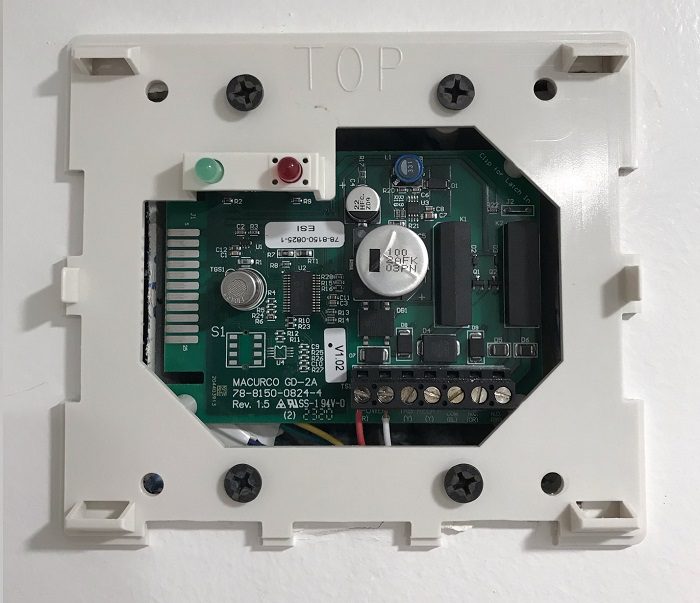“Test” Definition in Paleontology
In the field of paleontology, a subsidiary of geology, the term “test” refers to the external hard part of an invertebrate.
In the field of paleontology, a subsidiary of geology, the term “test” refers to the external hard part of an invertebrate.

Methane Alarm System Methane Alarm System: As per the Los Angeles Department of Building and Safety (LADBS) Methane Code, Ordinance Number 175790, a methane alarm system is part of an active methane mitigation plan. A methane alarm system is a group of interacting components and circuits that synchronize to monitor and annunciate the status of…

Stratosphere Stratosphere: The stratosphere of a terrestrial planet is the second-lowest member of the atmosphere. On Earth, the stratosphere starts atop the troposphere at approximately 10 kilometers above mean sea level, and terminates roughly 50 kilometers above mean sea level. In fact, geologists understand that the Earth’s ozone layer exists within the stratosphere, which absorbs…

Engineering Geology or Geological Engineering Engineering Geology: Engineering geology is also referred to as “geological engineering,” and is a branch of geology that relates to the study of earth materials and processes, that are juxtaposed to proposed structures such as buildings, retaining walls, dams, roads, pipelines, and more. Whereby geologists assess any potential levels of…

Permeability “Permeability” in engineering geology and geotechnical engineering refers to the property of a soil sample (or porous rock) which relates to transmitting a fluid within. Permeability measures the relative case of flow under unequal pressure. Permeability is calculated using Darcy’s Law.

Lumber Moisture Content Grade Lumber moisture grading is a manufacturer-provided value of moisture content, for consumers and contractors to use. There are five (5) lumber moisture content designations (S-GRN, S-DRY, KD, MC 15, and HT). Lumber Moisture Grading Lumber grade “S-GRN” stands for “surface green,” which means it is not dry, and has a moisture…

Zoning Mineralogy Definition Zoning is a variation of crystal composition that is a characteristic of feldspars. To illustrate, the center of a feldspar mineral is formed by a high-temperature phase, whereas the exterior is formed by a low-temperature phase.